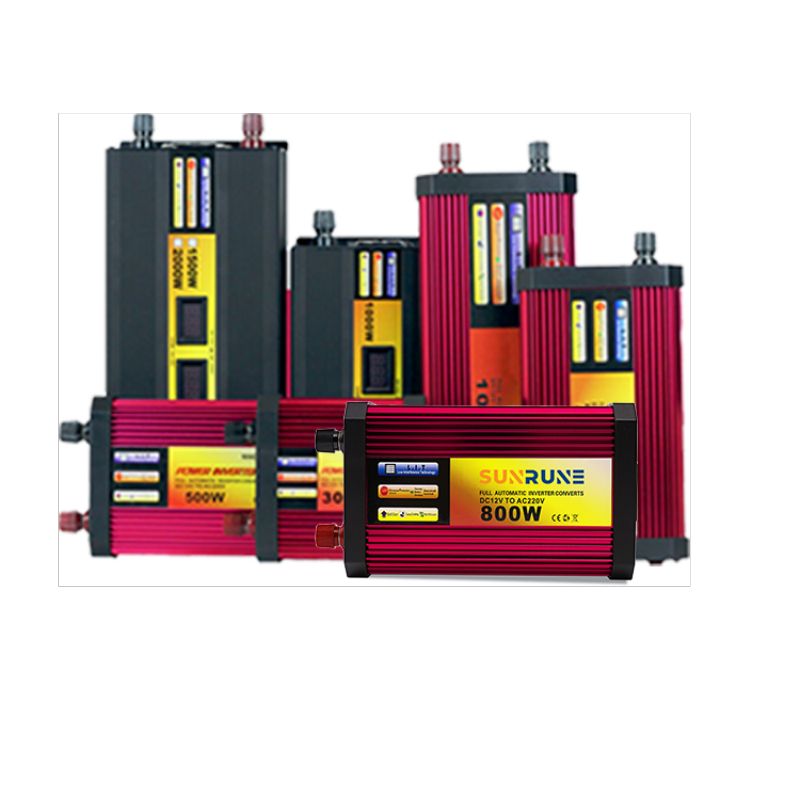The development and adoption of electric and hybrid vehicles has increased rapidly in recent years. These vehicles are seen as the future of transportation not only because they reduce carbon emissions, but also because of their potential to improve energy efficiency and driving performance. A key component that plays a vital role in the operation of these vehicles is the vehicle inverter.

A vehicle inverter, also known as a power inverter, is a device that converts direct current (DC) from a vehicle battery into alternating current (AC) to power various electrical components such as motors and vehicle electronics. Its main function is to control, regulate and convert the flow of electrical energy to ensure smooth operation of the vehicle.
Energy efficiency is an important issue in the automotive industry, and vehicle inverters make a significant contribution to solving this problem. By converting the battery's DC power into AC power, the inverter enables optimal operation of the electric motor, thereby increasing energy efficiency and reducing power losses. This conversion process ensures that the motor receives the appropriate voltage and frequency, maximizing its performance and minimizing energy waste.
Additionally, vehicle inverters play a vital role in improving driving performance. The ability to control and regulate the flow of electrical energy allows for improved control of vehicle speed and acceleration. With the help of inverters, electric and hybrid vehicles can achieve smoother and more responsive acceleration, providing drivers and passengers with a comfortable and enjoyable driving experience.
Another difference is their appearance. Monocrystalline silicon cells have a uniform black color and a more stylish appearance due to their single crystal structure. Polycrystalline cells, on the other hand, have a bluish and crumbly appearance due to the multiple crystals inside. This visual distinction is often the deciding factor for individuals looking to install solar panels on their home or business.
In addition, the inverter enables regenerative braking in electric and hybrid vehicles. During braking, the inverter converts the vehicle's kinetic energy into electrical energy, which is then stored in the battery for later use. This regenerative braking system helps recharge the battery while reducing wear on traditional braking components. By using an inverter to optimize the flow of energy during braking, electric and hybrid vehicles can recover and store energy that would otherwise be wasted in conventional vehicles.
In addition to energy efficiency and drivability, vehicle inverters contribute to the overall reliability and safety of electric and hybrid vehicles. The inverter uses a variety of protection mechanisms to ensure the safety of the vehicle and its occupants. These include overcurrent protection, overheating protection and short circuit protection. The integration of these safety features helps prevent potential electrical failures from causing damage to vehicle components and ensures the overall reliability and longevity of the vehicle's electrical system.
Advances in vehicle inverter technology have also led to the development of fast charging capabilities for electric vehicles. High-power inverters efficiently convert AC power from fast charging stations into the DC power needed to charge the vehicle's battery. This makes charging quick and easy, making electric vehicles more practical and attractive to a wider range of consumers.
All in all, the role of vehicle inverte in improving energy efficiency and driving performance cannot be underestimated. These critical components convert and regulate the flow of electrical energy, helping to optimize the performance, efficiency, reliability and safety of electric and hybrid vehicles. As the automotive industry continues to evolve and electrification becomes more common, the development and innovation of vehicle inverters will play a vital role in shaping the future of transportation.
Post time: Nov-13-2023